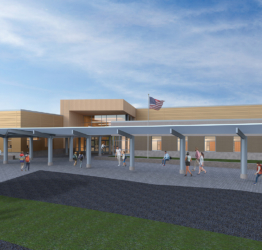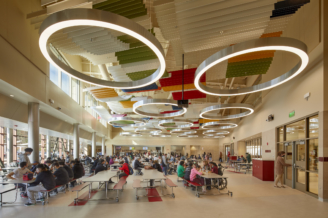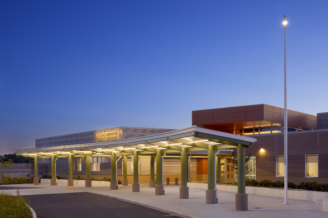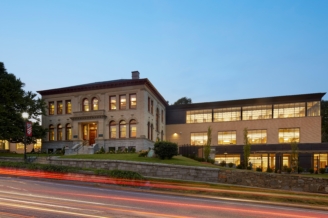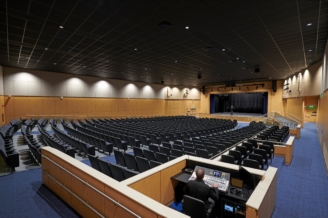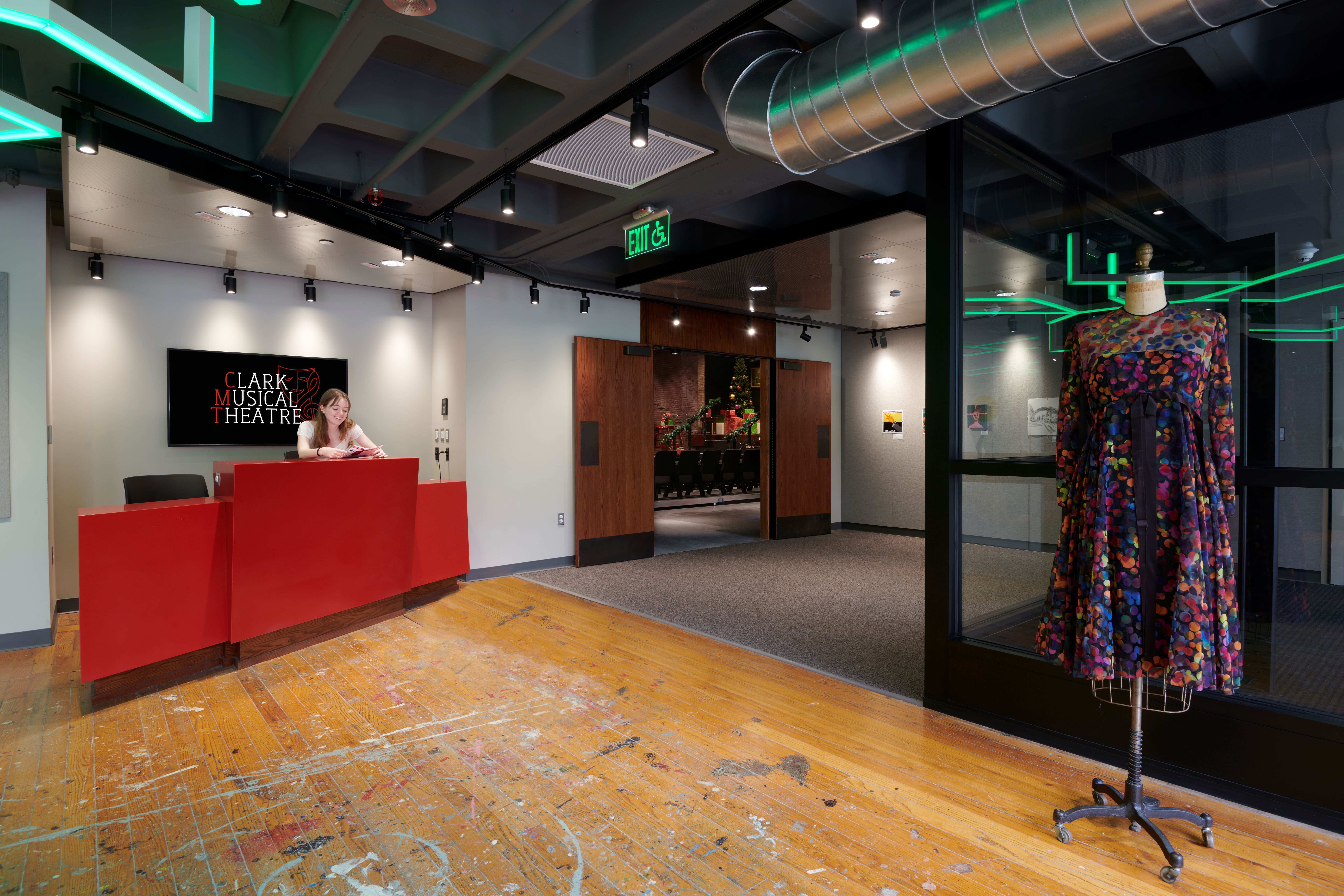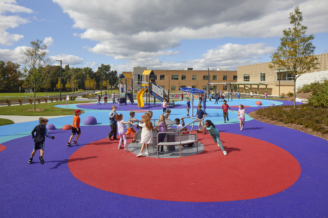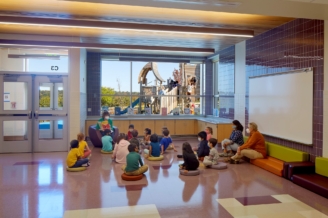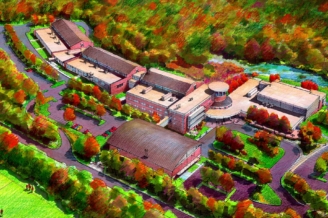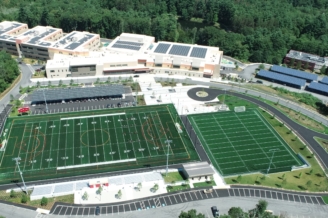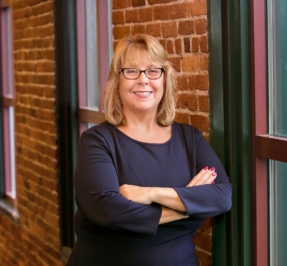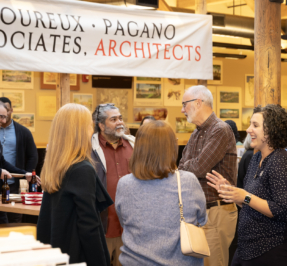Evolving Technology in Architecture
It seems the pace at which technology is advancing continues to develop with increasing momentum, and the field of architecture is particularly benefiting from that increasingly fast pace. While it is a challenge to keep up with new ways of working, new tools, and increasing expectations, meeting those challenges pays off for clients as well as architects and engineers, and at LPA|A, the consensus is that it is well worth the investment.
The shift from manual drafting to computer aided drafting that occurred as computers became ubiquitous across most industries in the 1990’s allowed for greater efficiency, as files could be shared and edited much more quickly. As the technology shifted again from 2D to 3D with building information modeling becoming the industry standard, a broader shift in perspective followed. The data-driven nature of the software allows for the finer details of a project to be worked out early in the process, and the capability for drawings to also be tied to significant amounts of data requires thinking more comprehensively about the design process.
One of the most exciting innovations in recent years is software that allows for live and fully rendered, first-person exploration of a project, even while the design is still being developed. Changes and updates can be shared and experienced in minutes. For a firm that counts fostering a collaborative and supportive work environment as a core value, these collaborative tools offer a way to further enhance the service LPA|A provides.
Clients that have been able to see and experience building designs through virtual walkthroughs have consistently been excited about what they see. The City of Worcester has shared LPA|A’s video walkthrough of the South High Community School now under construction on their website, building enthusiasm for the project in the community.
Chris Lee, who leads the company’s technology user group said, “There are lots of opportunities out there so we are keeping our eyes open. We always want to find the technology that is strategically useful and makes the most sense for us and how we work.”
With multiple software options available for this emerging technology, the firm has been testing and discussing the advantages and disadvantages of those various options. This office-wide initiative to continually elevate the firm’s technical capabilities has been bolstered by recent new hires at the firm and staff involvement in professional groups who are sharing their experiences.
LPA|A Associate Ian Welsh said, “The ability to create a space and an experience from an idea in your head has always been of major interest for me in architecture, and now with virtual reality technology those spaces can come alive before they are ever built. It has been exciting to learn about and discuss the possibilities of the technology both with my colleagues at LPA|A as well as with the Design Visualization Committee at the BSA.”
Categorized In: Articles, News
Tagged In: Shrewsbury, Technology, Worcester
Share This



